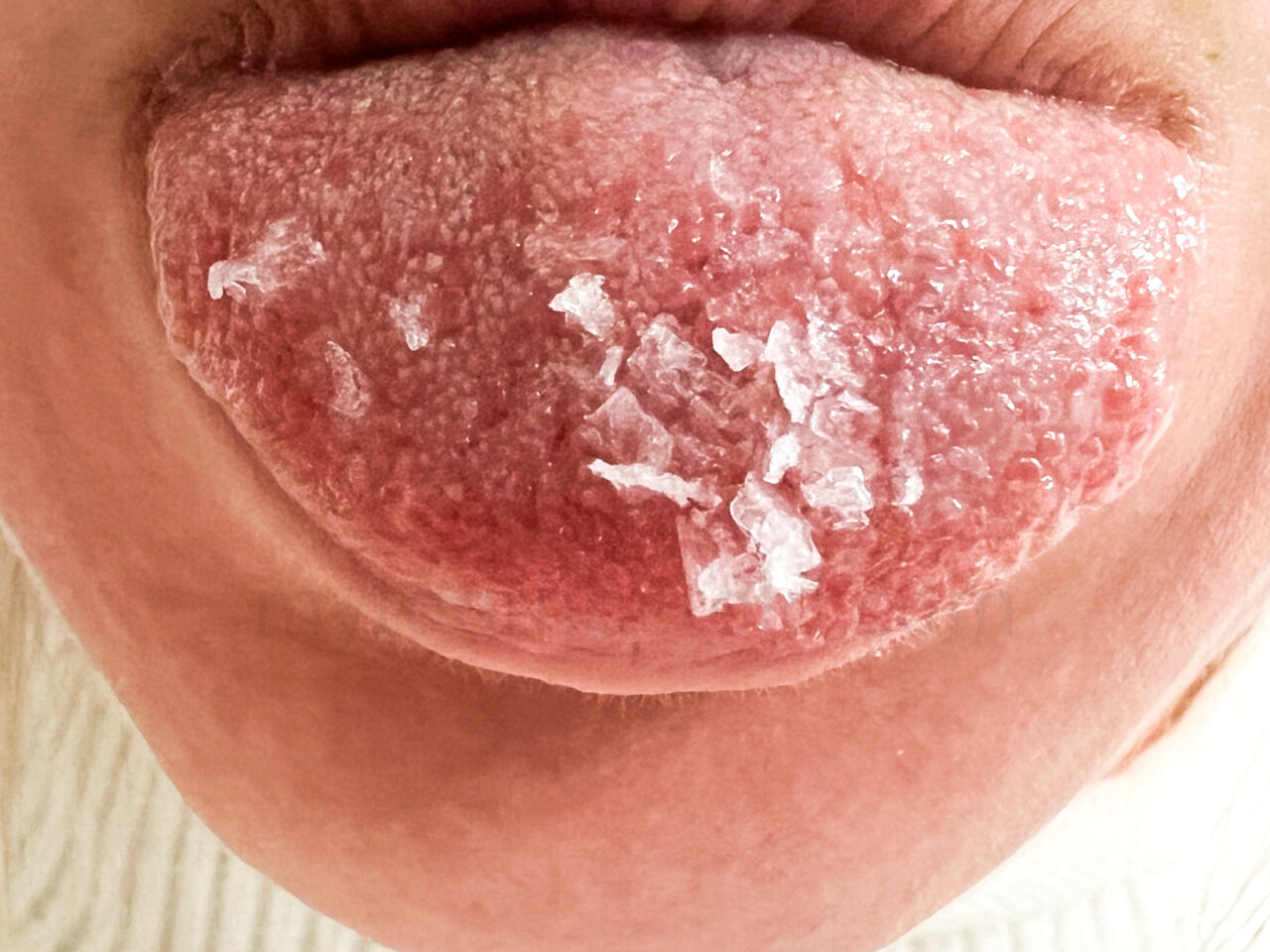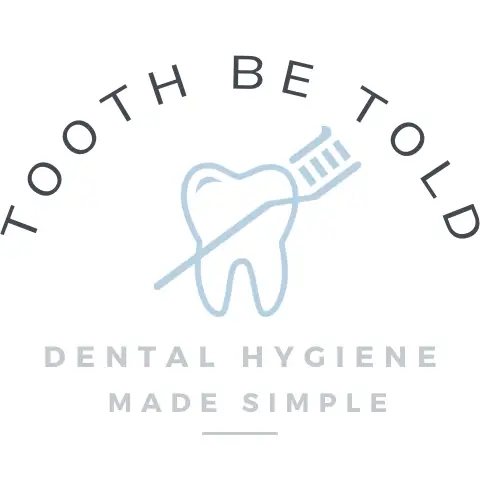
It is very common for patients to have their gag reflex triggered at the dentist. X-rays, dental impressions, and even cleanings can trigger the gag reflex, but how can you suppress it and make your dental appointment more comfortable?
Suppress the gag reflex at dental visits by breathing through the nose to relax throat muscles, using distractions, pressing the tongue to the mouth’s roof, putting a pinch of salt on the tongue tip, scheduling later appointments, requesting lidocaine spray, and practicing desensitization.
It is not a good feeling when you have a dental appointment booked and are worried about gagging. In this post, I go into more detail on ways you can suppress your gag reflex, including examples of what I have done for my patients.
Overcoming gag reflex at the dentist; stress-free appointments
Gag reflexes range from mild to severe, sometimes leading to throwing up. It is a highly uncomfortable experience and can cause people to cancel or delay their dental appointments, negatively impacting oral health.
Below are all the ways I have recommended to my patients with a gag reflex. And if you experience gagging at the dentist, the tips may help you considerably at your next appointment!
The gag reflex is triggered when the soft palate or posterior pharynx is stimulated, and it is an involuntary response! I always feel so bad for my patients who struggle with this.
Below is a link to a post I wrote about what happens in a dental hygiene appointment. Being prepared and knowing what to expect can lower tension and help to make you calmer, reducing the chance of gagging.
Read Now: How Dental Hygienists Clean Teeth! What You Need to Know!
1. Nasal breathing
Breathing through the nose helps to relax the muscles in the throat and provides a calming effect that can help prevent gagging.
Try breathing in through the nose for four counts, holding for four and then breathing out for four. Focusing on the time and counts will also help to distract your mind.
2. Distraction
This is a big category, and there are many different distraction techniques.
I have patients listen to music, try to picture themselves on a beach and use mental imagery to place them somewhere else that is not in the dental chair!
And sometimes, I keep talking to them and actively engaging them in a conversation to distract them.
There can be physical distractions, such as clenching fists, tapping fingers on the chair, lifting a foot and circling it for a count of ten and then reversing the direction of circles.
You can try wiggling your toes, contracting and relaxing muscle groups, hand squeezing, and using a fidget tool!
3. Communicate with the dental professional
The more we know, the better we can prepare. If I know that a patient has a strong gag reflex, I ask them about their triggers, how we can work as a team to avoid them, and their preferences.
Having a dental professional listen and work with you can also help make you calmer and know precisely what is happening.
For example, if a patient of mine is a big gagger when it comes time to take X-rays, I will usually start with the X-rays closer to the front of the mouth, getting the patient to swallow between taking each X-ray.
I also sometimes use a smaller digital sensor to take the X-rays. You can even suggest this to your dental professional.
X-rays are the biggest trigger of the gag reflex in my practice, but are you having too many taken? Some dental offices like to take too many. To learn more, I linked to a post I wrote below going into more detail about how often you should have X-rays taken at the dental office and when to know you are having too many taken.
Read Now: How Often Should You Get Xrays at the Dentist? DH Explains
4. Tongue positioning
Use the tip of your tongue to press against other surfaces in your mouth, such as your hard palate behind your top front teeth or the inside surface of your teeth.
In specific dental procedures, this may not work as the tongue will have to be retracted to ensure the dental professional has a good visual on the area they are working on or if they need to keep the site dry.
If a mirror is retracting the tongue, try to relax your tongue as much as possible because the more relaxed it is, the less we have to use force to move it out of the way, and that force on the tongue can contribute to triggering the gag reflex.
5. Topical applications
Using a pinch of salt on the tip of the tongue (as long as you are not on a salt-restricted diet) will help to distract, and the mind focuses on the taste, reducing gagging.

You can also ask the dental professional to use Hurricane spray, a topical anesthetic spray applied on the tongue and soft palate that starts to work within 30 seconds and lasts for up to 20 minutes.
6. Humming
Humming ensures the patient is breathing and will help to reduce the gag reflex by creating positive airflow.
Try to hum happy birthday, or ABCs, as it is a simple song.
7. Desensitizing
If you know you are a gagger, you can try to desensitize your palate and tongue. You can use a finger to use a light touch or a toothbrush to lightly touch the area and slowly get your body used to it.
This may not work for everyone, but it is worth a try.
8. Book a later appointment
For the majority of people, the gag reflex is strongest in the morning after a person wakes up. Avoid booking your dental appointments first thing in the morning.
I had a patient who never liked to brush his teeth at night because he gagged so severely when he brushed his teeth in the morning he couldn’t bare the thought of experiencing that twice daily.
I told him that people often experience more gagging in the morning, and I recommended that he try to brush at night, even if it was for 30 seconds. Something was better than nothing.
He went home and tried it, and at his next hygiene appointment, I was so happy to hear that he was brushing two times a day. He said he has no gag reflex at night and was thankful that I encouraged him to try. His oral health has improved, and his tooth decay and gum disease risk has lowered.
9. Aromatherapy
You can use essential oils, preferably lavender or chamomile, to calm the environment. Focusing on the smell can also help to distract the mind away from the gagging trigger.
You can even use vapour rub. I have a small tub of it at work, and sometimes, as a last resort, I will put some on the end of a Q-tip for the patient to hold and smell or even rub beneath their nostrils.
If you struggle with a gag reflex, don’t hesitate to tell your dental professional, as it is essential for them to know.
I will structure the patient’s appointment around their gag reflex. I will avoid the trigger until closer to the end of the appointment because, in my experience, if I trigger their gag reflex early, they have a more challenging time suppressing it and are more likely to gag more often.
I hope this information has helped you!
Holly 🙂
